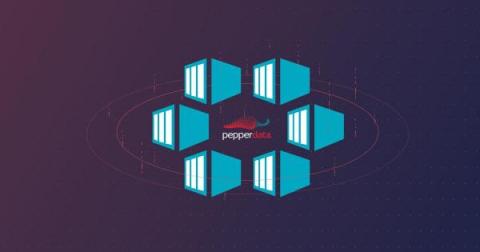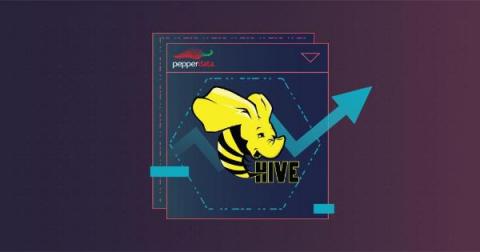Global Software Company Improves Spark Performance and Cuts Wastage
One of our clients is a software developer that specializes in design and manufacturing software solutions. This software firm caters to some of the biggest organizations operating in primary sectors like engineering, architecture, manufacturing, entertainment, and more. Every new software and update our client rolls out must meet stringent SLA requirements.










